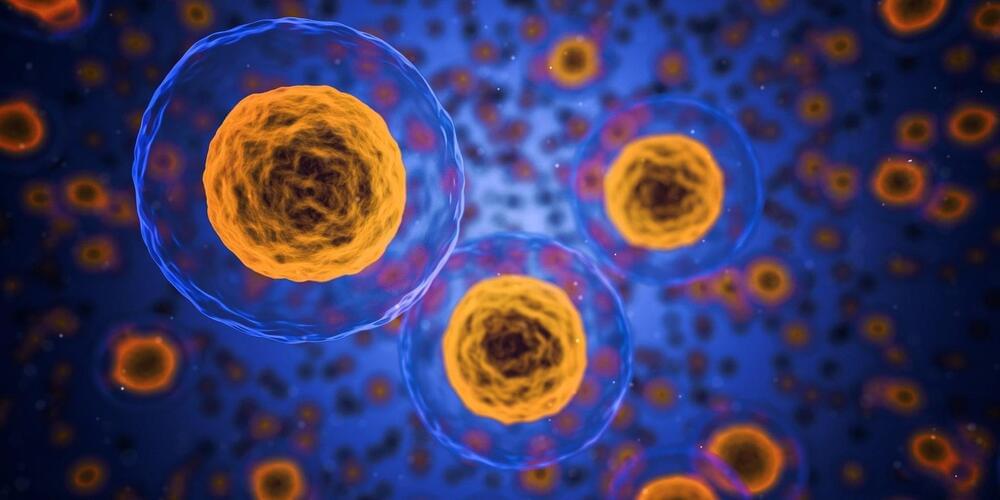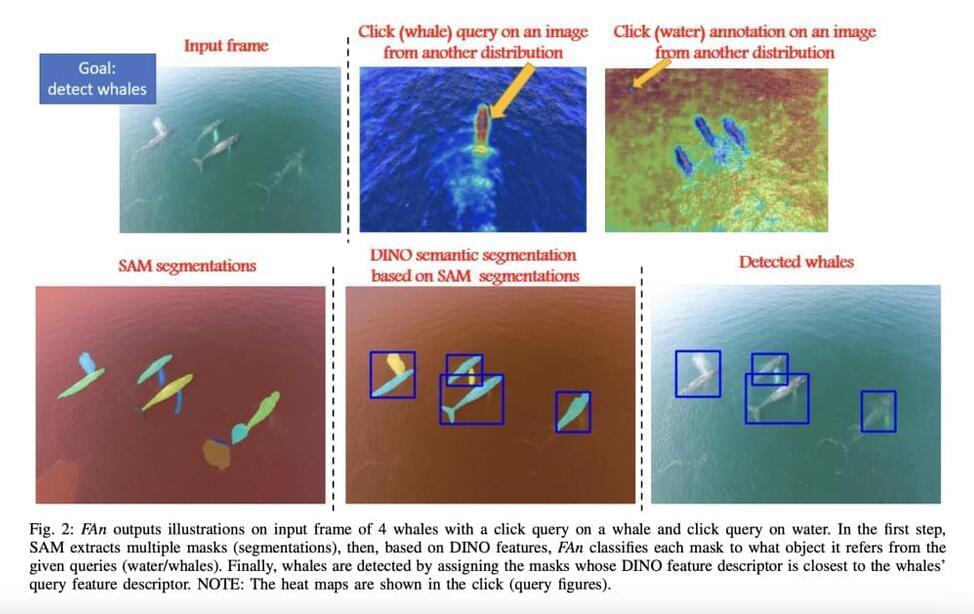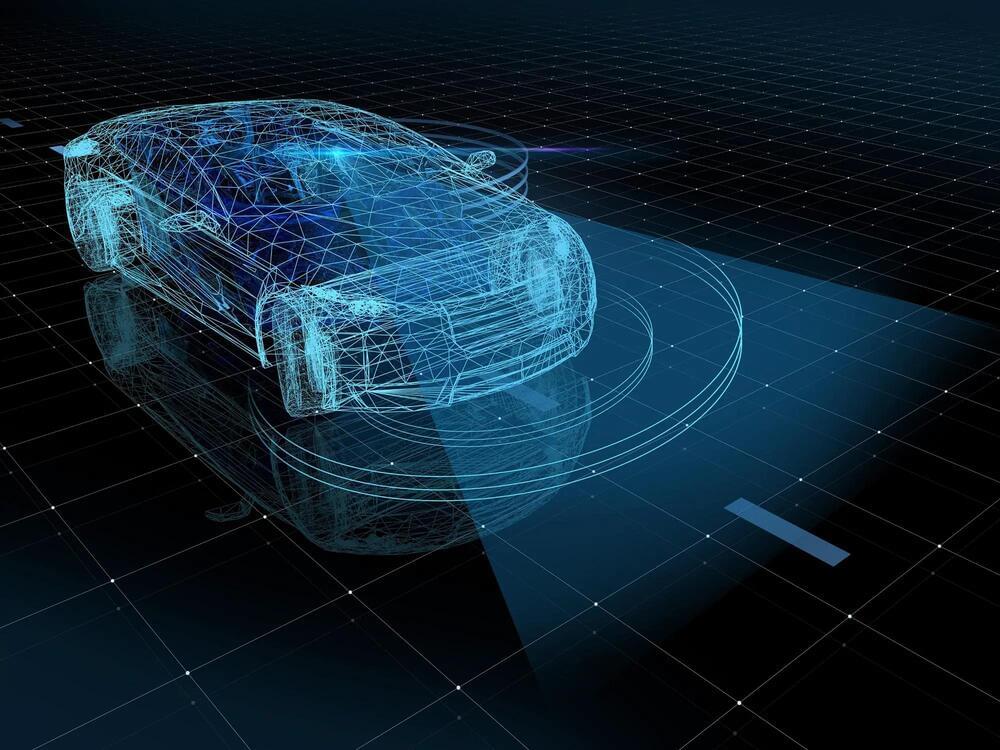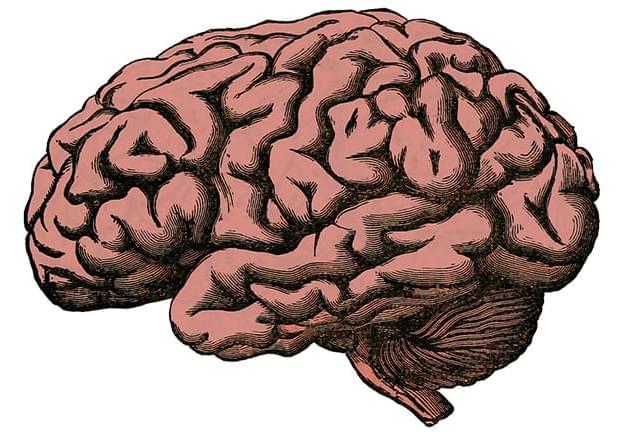Aug 20, 2023
Bringing ultrafast physics to structural biology reveals the dance of molecular ‘coherence’ in unprecedented clarity
Posted by Dan Breeden in categories: biological, chemistry, mapping, physics
How molecules change when they react to stimuli such as light is fundamental in biology, for example during photosynthesis. Scientists have been working to unravel the workings of these changes in several fields, and by combining two of these, researchers have paved the way for a new era in understanding the reactions of protein molecules fundamental for life.
The large international research team, led by Professor Jasper van Thor from the Department of Life Sciences at Imperial, report their results in the journal Nature Chemistry.
Crystallography is a powerful technique in structural biology for taking ‘snapshots’ of how molecules are arranged. Over several large-scale experiments and years of theory work, the team behind the new study integrated this with another technique that maps vibrations in the electronic and nuclear configuration of molecules, called spectroscopy.


















